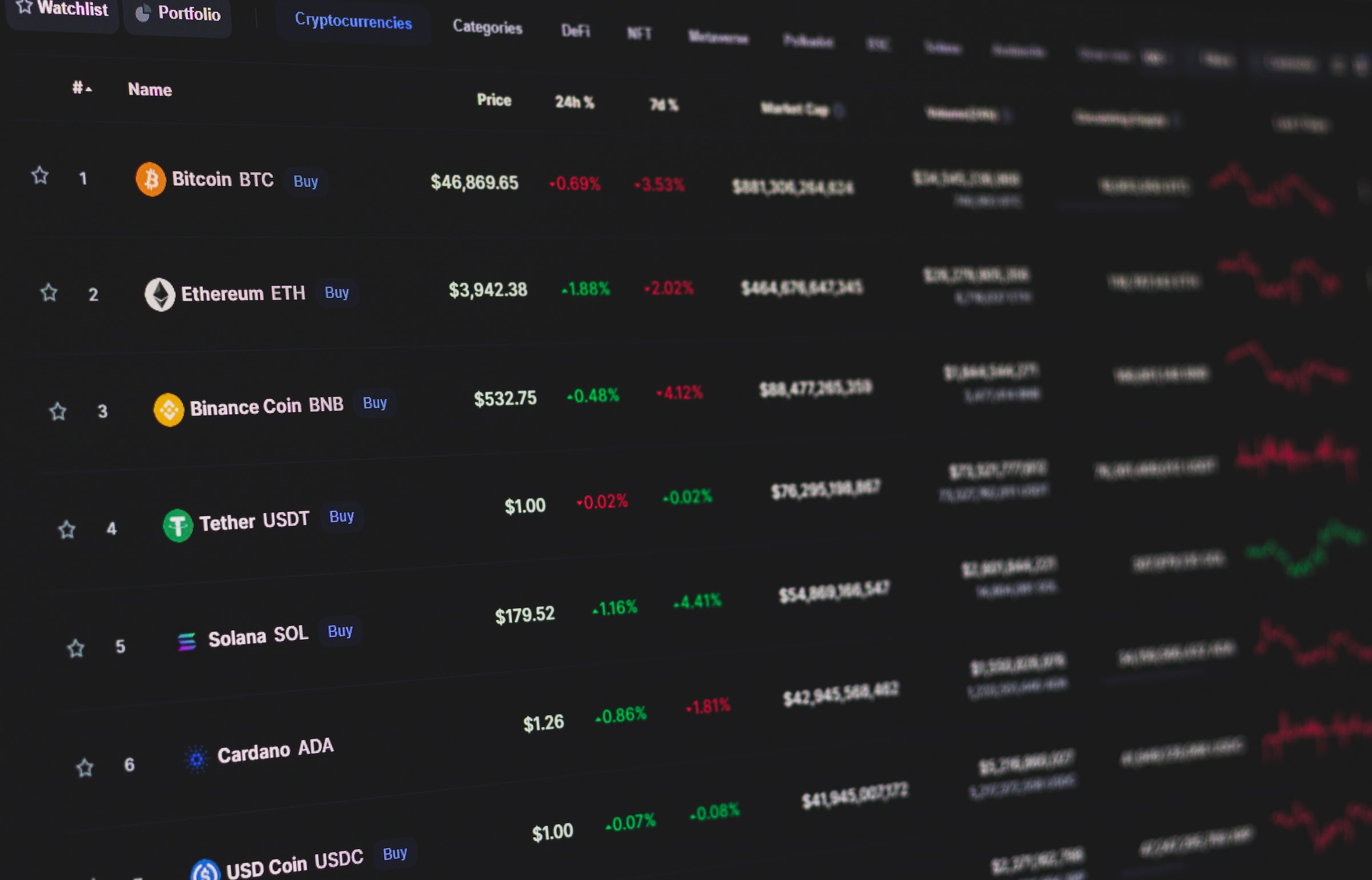Digital tokens, or crypto assets, are digital financial assets based on distributed ledger technology. They come in a considerable variety of forms and have been used in a large number of different ways. Yet, relatively few tax laws of any jurisdiction mention digital tokens specifically. It is therefore necessary to consider how orthodox tax rules can be applied to transactions involving digital tokens. Given the broad range of forms which digital tokens and transactions involving them can take, this may appear to be a daunting task. A framework providing a rough guide on how to navigate this somewhat new area of tax would be useful.
In this blog post, I propose a crypto taxation framework that divides along the lines of the main types of digital tokens in question and the common tax events in the “life cycle” of digital tokens.
While there can be a considerable variation in the types of potential transactions that can involve digital tokens, most tax events can generally be divided into:
- creation (through mining, forging, issue and purchase, or others);
- transfer (through exchange for goods and services, other tokens or fiat currency); and
- disposal (through redemption, token burning or loss).
Types of digital tokens
Digital tokens of the same type are generally taxed in broadly similar ways as they tend to have similar surrounding circumstances. This makes it possible for us to spot patterns in the taxation of common tax events, bearing in mind that ultimately it is the surrounding circumstances of each transaction that will determine the tax treatment.
The trichotomous division of digital tokens proposed by the Swiss Financial Market Supervisory Authority in the earlier days of digital tokens groups them into:
- payment tokens (also known as cryptocurrencies);
- utility tokens; and
- security tokens.
Payment tokens are intended to be used as a medium of exchange. Utility tokens can be seen as analogous to vouchers for the future redemption of goods or services. Security tokens resemble the traditional forms of securities which they are modelled after.
It is clear that this trichotomous classification was never meant to be mutually exclusive or mutually exhaustive. A digital token can simultaneously fall into more than one category, with hybrid payment and security tokens being quite common. There are also other kinds of digital tokens that do not fit neatly into the three categories, with some kinds of non-fungible tokens (NFTs) appearing to be distinct. As time has gone on, the crypto community has developed more sophisticated classifications of digital tokens, carving out what used to be under security tokens into new categories of “asset-backed tokens” and “stablecoins”. This trend of developing finer distinctions in the taxonomy of digital tokens seems likely to continue.
First stage: creation
There are quite a range of ways in which digital tokens can be created, but the two methods which are distinctive to distributed ledger technology is that of mining and forging. These are processes put in place to “pay for” the running of the distributed ledger system, with new tokens being minted and given to the various nodes in the network that verify transactions and share their results with the network. Mining and forging are most commonly associated with payment tokens, which are likely to be issued in a decentralised manner. Commercial mining or forging is largely taxable in most jurisdictions, though some jurisdictions, such as Singapore, do not tax personal or “hobby” mining or forging.
Tokens can also be created through issue and purchase, where a party issues new tokens to willing buyers. All three categories of tokens can be created in such a manner, with the tax consequences depending on the nature of the tokens and the purpose for which they are issued. For example, utility tokens are likely to be treated as vouchers, and security tokens issued to raise debt or equity capital are likely to be treated like their traditional counterparts.
Other more novel forms of creation such as airdrops and forks also exist.
Second stage: transfer
Digital tokens are often exchanged for goods and services, other tokens or fiat currency. Payment tokens feature most prominently in the transfer of digital tokens given that they are intended to serve as a medium of exchange. Notably, only El Salvador and the Central African Republic recognise Bitcoin as legal tender at the moment, and digital tokens would be unlikely to pass the traditional test in the United Kingdom’s Moss v Hancock (1899) to be considered as “money”.
The tax treatment of digital tokens in a transfer event will simply be based on the surrounding circumstances of the transaction as per orthodox tax rules. Some jurisdictions, for example Singapore and Australia, exclude payment tokens from goods and services tax (GST) or value-added tax (VAT) when used like money. In the absence of such rules, transfers of digital tokens should be seen as a form of barter trade.
Third stage: disposal
Sometimes, digital tokens are permanently taken out of circulation. Utility tokens and liquidity pool tokens are intended to be redeemed for tokens, goods or services at some point. Apart from this, redemption is a rather rare occurrence for most digital tokens. Not all digital tokens will go through all the stages of the “life cycle”. There is also the somewhat unusual practice of token burning, which operates in a manner akin to share buybacks to raise the value of the remaining tokens in the market. This is one situation where it may matter that a transaction involves a digital token rather than a traditional asset.
For example, in Australia, capital gains tax is imposed on share buybacks. As the statute refers specifically to “shares”, it is arguable that digital tokens are not shares and thus not subject to the regime.
A rapidly developing field
The crypto industry moves at breakneck speed. Both the underlying technology and the ways in which it is used are subject to constant development, making it necessary for the diligent tax practitioner to consistently keep a look out for how these changes may affect the tax treatment of transactions involving digital tokens.
Generally speaking, tax provisions which are broadly drafted to catch as many situations as possible are likely to apply to new forms of crypto transactions even as they develop and change. On the other hand, more narrowly drafted provisions which make reference to specific assets or asset classes have to be carefully read. In such circumstances, it cannot be assumed that digital tokens which look similar to or which serve a similar function to traditional assets will be accorded the same tax treatment. For example, it would appear that under Singapore tax law, borrowing costs incurred on a loan of digital tokens will not be deductible in the same way as those incurred on a loan of fiat currency.
This is a summary of the key ideas discussed in a recent article: “A Framework for Understanding the Taxation of Digital Tokens” published in the Australian Tax Review. The article is accessible here through Westlaw (Australia) and a pre-print version is available here: https://papers.ssrn.com/sol3/papers.cfm?abstract_id=4010925





Recent Comments